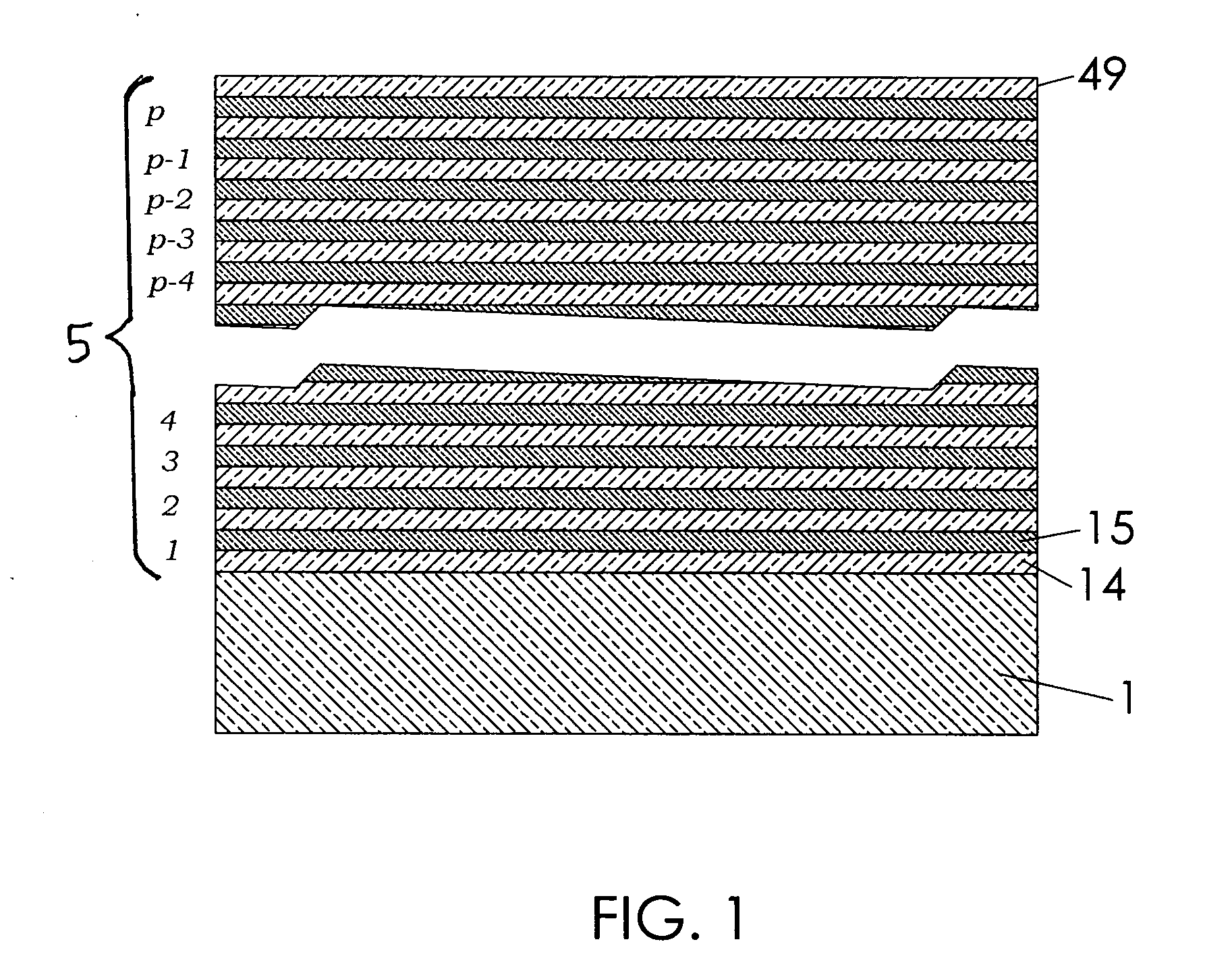Optical cavity and laser
a laser cavity and optical cavity technology, applied in lasers, laser details, active medium materials, etc., can solve the problems of not finding a way to apply similar circular bragg reflectors, most rudimentary mode control, and difficult coupling of whispering modes for useful work, etc., to achieve less thermal gradient in the gain material
- Summary
- Abstract
- Description
- Claims
- Application Information
AI Technical Summary
Benefits of technology
Problems solved by technology
Method used
Image
Examples
Embodiment Construction
[0118] The following description and FIGS. 1-36 of the drawings depict various embodiments of the present invention. The embodiments set forth herein are provided to convey the scope of the invention to those skilled in the art. While the invention will be described in conjunction with the preferred embodiments, various alternative embodiments to the structures and methods illustrated herein may be employed without departing from the principles of the invention described herein. Like numerals are used for like and corresponding parts of the various drawings.
[0119] In FIG. 1 is a repeated scheme for the build-up of a high-reflectance VHF-BR (5). The VHF-BR contains p quarter-wave pairs, each consisting of a low index layer (14) and a high index layer (15). The substrate (1) provides the surface of revolution onto which the VHF-BR is deposited. Each pair of quarter-wave layers (14) and (15) share a small refractive index difference, Δn, which is typically less than 0.1. The number of...
PUM
 Login to View More
Login to View More Abstract
Description
Claims
Application Information
 Login to View More
Login to View More - R&D
- Intellectual Property
- Life Sciences
- Materials
- Tech Scout
- Unparalleled Data Quality
- Higher Quality Content
- 60% Fewer Hallucinations
Browse by: Latest US Patents, China's latest patents, Technical Efficacy Thesaurus, Application Domain, Technology Topic, Popular Technical Reports.
© 2025 PatSnap. All rights reserved.Legal|Privacy policy|Modern Slavery Act Transparency Statement|Sitemap|About US| Contact US: help@patsnap.com



